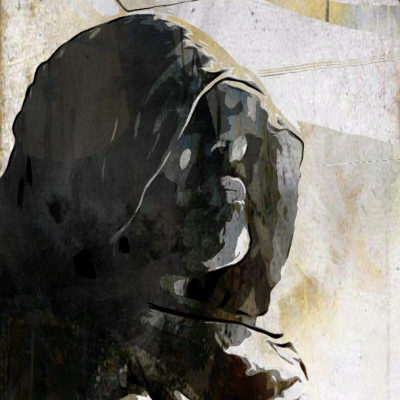The RNG in the Switch version of Dragon Quest is simple enough to manipulate to repeat consistently. This guide is by no means provides hardcore data or proof, but is more of an short explanation into the RNG as has currently been discovered by observation and testing. Datamining has not been done on the RNG of this game as of this writing.
The biggest way to control the RNG is to use the Quick-Save feature and then hard-resetting. To preform a hard-reset you have to go into the Switch menu from the game and Switch User. This will reset the RNG to a default state.
There are two values to think about:
- RNG Value (for what happens)
- Step Count (for encounters).
Both of these values reset on Quick-Save/Hard Reset.
The RNG Value progresses as you play the game, but only certain things seem to make the value increment:
- Taking a step in an area where you can get an encounter.
- Using an Herb or Heal using Magic (it needs to heal at least 1 HP or it doesn't advance anything).
- Using an item or a spell in battle.
Equipping/Unequipping a piece of gear in battle can also change the RNG, but from what has been understood so far, equipping the same piece again will set the RNG back to what it was before you removed the equipment.
Step count only increments in dangerous areas. This counts down every step you take until it reaches 0. If it reaches 0, you get an encounter. The other way to advance the step counter is to heal yourself (you have to heal at least 1 HP). So if you are 1 step away from an encounter, if you heal yourself, the step counts down by 1 down to 0. The next step you take will reset the step counter and you will skip the encounter entirely. It can be tricky to pull off, but if you Quick-Save/Reset and find yourself in the same fight you cannot beat/retreat from, you can use this trick to get past it, so long as you can heal yourself).
So there are a couple spots when we want to manipulate the RNG value: Forcing the max stat on a seed and forcing Metal Slimes/Dragonlord to act a certain way.
Seeds are simple enough: If you Quick-Save/Reset in an area where you can get an encounter, then take 1 step, the next 4 seeds should give Max value. Handy for Life and Strength.
Metal Slimes are a bit more tricky. There is currently no known way to kill the first Metal Slime after a reset, but on the 2nd fight, if you use a Torch on the first turn, it changes the pattern in which Metal Slime fights, allowing you to attack 4 more times and win the fight.
It is also worth noting that all things being equal (level, stats, etc.) a forced encounter will yield the same damage results every time. Dragonlord is a great example of this happening. Resetting before Dragonlord gives him a set pattern, and as long as you do the same thing in every run, Dragonlord's fight becomes insanely predictable with no variance unless you create one (like healing when you didn't mean to).
There is still a lot more that needs to be looked into as far as how this works, but so far resetting provides a reliable way to get the game to behave the way you want it to.
Per a discussion and survey held in the DQRTA Discord server last month, we've updated the rules for the following English-language Dragon Quest games to allow the use of turbo controllers:
Dragon Warrior IV (NES) Dragon Warrior I (GBC) Dragon Warrior II (GBC) Dragon Warrior III (GBC) Dragon





